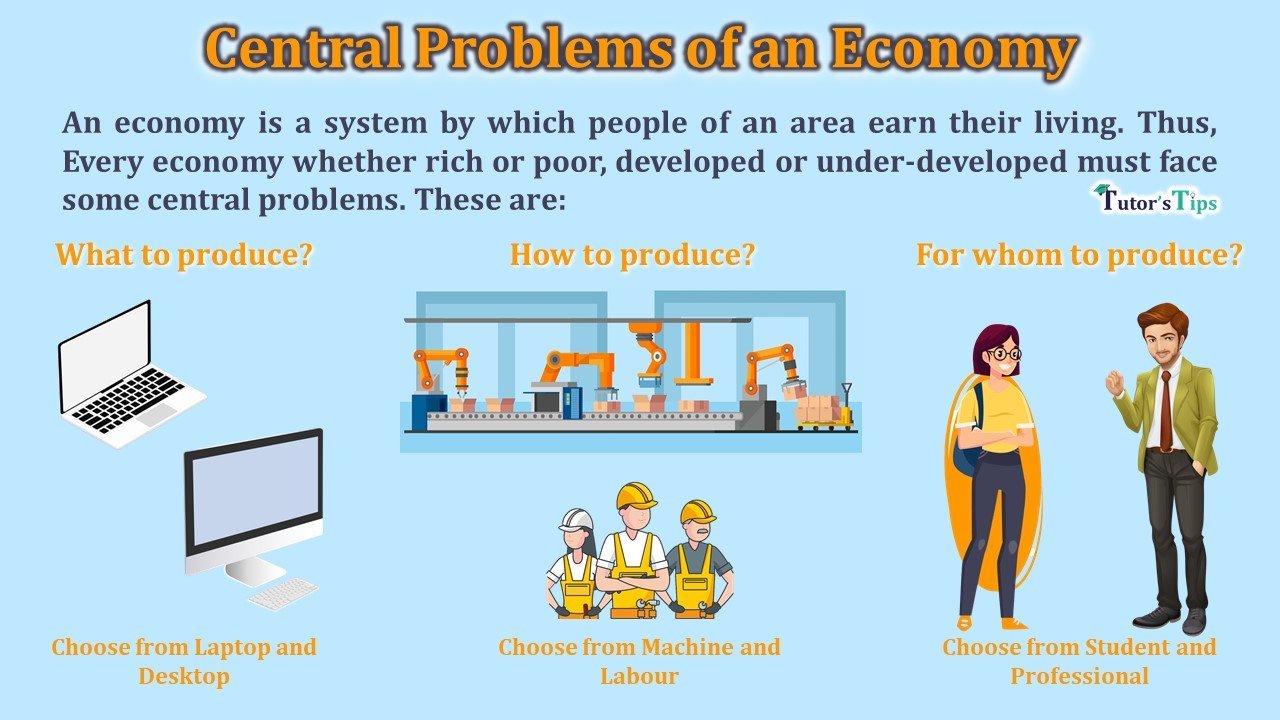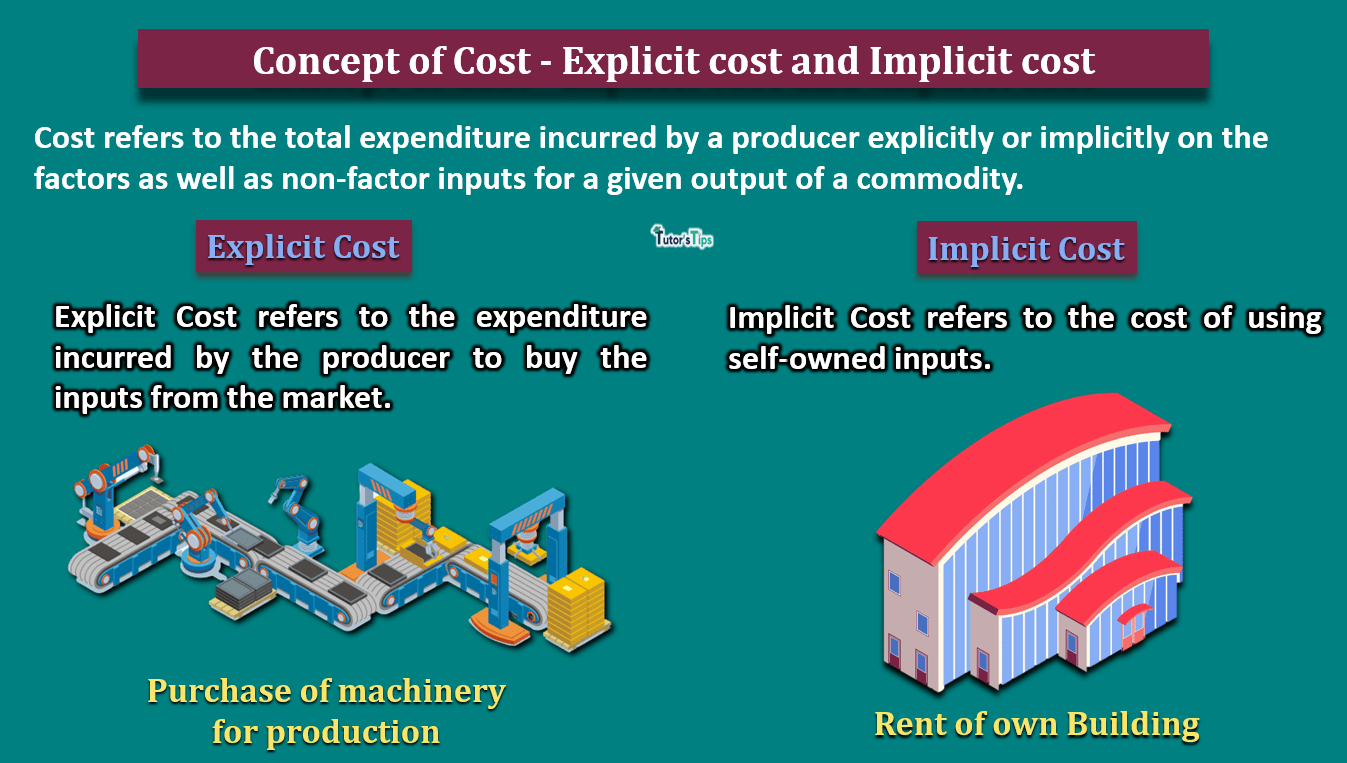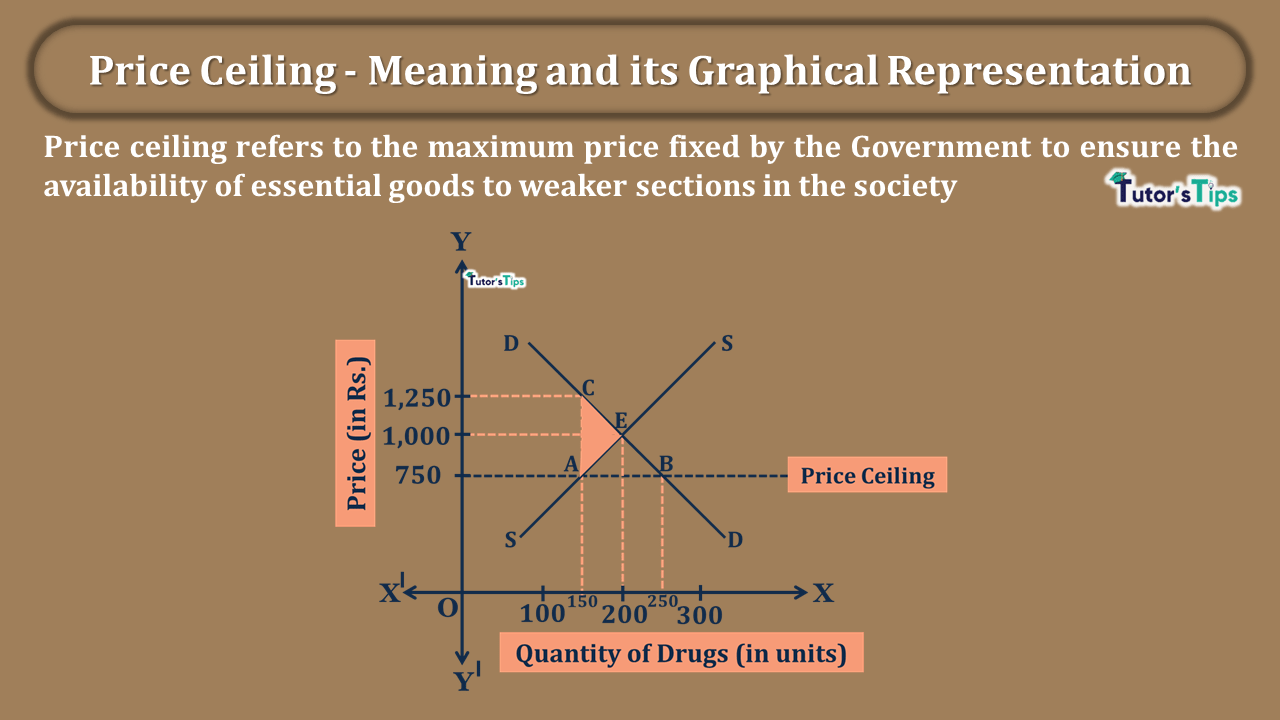Advertisement
The central problems of an economy comprised of the basic difficulties faced by every economy.
Advertisement
What are the Central Problems of an Economy:
An economy is a system by which people of an area earn their living. Thus, Every economy whether rich or poor, developed or under-developed must face some central problems. These are:
- What to produce?
- How to produce?
- For whom to produce?
Subscribe to our Youtube Channel
What to Produce:
This problem has the following dimensions:
- What goods are to be produced?
- In what quantity goods are to be produced?
What goods are to be produced:
In this problem, the economy decides the type of goods to be produced. Broadly, the goods can be classified as:
Advertisement-X
- Capital Goods
- Consumer Goods
Production of both capital and consumer goods is essential for the economy. Capital Goods are goods that help in further production and future growth. For instance, plant and machinery. Consumer Goods are the goods needed for consumption.
If the limited resources available in the economy are used for the production of consumer goods, the present generation will enjoy a better living standard but lack of capital goods would decline future growth. On the other hand, if limited resources are largely used for the production of capital goods, future growth would be high. But, the lack of consumer goods would decline the standard of living of the present generation. Hence, the problem called the “problem of choice” or the “problem of allocation of limited resources” to different uses.
In what quantity goods are to be produced:
In this, an economy has to decide how much goods to be produced whether consumer or capital goods.
As we know the resources are limited in any economy. But, if the resources are used for producing more consumer goods, there would be fewer capital goods production. Moreover, if the resources are used for producing more capital goods, there would be fewer consumer goods.
Here, it is important to note that the loss of a quantity of consumer goods is the cost of producing more capital goods. Likewise, the loss of the quantity of capital goods is the cost of producing more consumer goods. In economics, this loss is regarded as an Opportunity Cost. In other words, the shifting of resources from one use to the other is known as opportunity cost.
Therefore, in the problem of ” what to produce”, an economy has to decide the type and the number of goods to be produced.
Advertisement-X
How to produce:
“How to produce” refers to the methods or technique of production. Broadly, the techniques of production can be classified as:
- Labour-intensive technique
- Capital-intensive technique
Here, the labour-intensive technique implies more use of labour than capital in production. Moreover, the capital intensive technique implies more use of capital(i.e. machines) rather than labour.
The capital intensive technique provides efficiency resulting in more growth. On the other hand, labour-intensive technique promotes employment in the economy. Hence, the economy has to make a choice between these two techniques which becomes a problem. This is because the labour-intensive technique helps in the reduction of unemployment while the capital intensive technique accelerates GDP growth.
Therefore, in “How to produce” an economy decides the methods or technique of production.
For whom to produce:
It refers to the target consumers in the economy. As we are aware that the resources are limited. Thus, an economy cannot produce goods for all sections of society. Broadly, every economy has two sections in society:
- Rich section
- Poor Section
Generally, to promote social equality, more goods are produced for poor people. It would reduce the rich-poor gap in society by providing a better standard of living to poor people. But, there is a hidden cost of doing it. By producing goods for poor people, the profits of producers would remain low. Furthermore, low profits result in low investment and in further low GDP growth. Therefore, the economy would remain backwards for a long time to come. Thus, there is a problem of choice from social equality or GDP growth.
Advertisement-X
Thanks for reading the topic.
Please write your feedback in the comment box whatever you want. If you have any questions please ask us by commenting on us.
References:
Introductory Microeconomics – Class 11 – CBSE (2020-21)











1 Comment